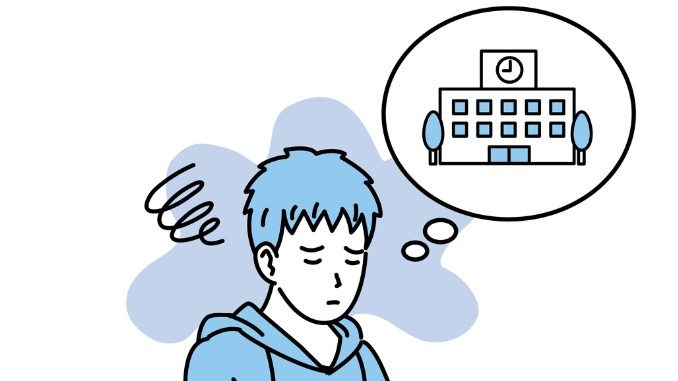
Despite promising figures from recent government data, pupil absence continues to be a significant concern, with troubling trends emerging from a closer look at the figures
CREDIT: This is an edited version of an article that originally appeared on epi.org
At the end of last year, the Department for Education released new data on pupil absence, showing a decrease in both overall absence and persistent absence rates compared to the 2022/23 school year. While these figures may seem promising, concerns about pupil absence continue. Why is this the case, despite the numbers appearing to improve?
A deeper analysis of the data reveals troubling trends, suggesting that pupil absence has not yet fully recovered from its recent peak.
Term on Term Changes
In May 2024, the DfE released data for the 2023/24 autumn term, showing promising signs of a year-on-year decrease in absence rates. However, the more recent data from the spring term paints a different picture, revealing a year-on-year increase in absence rates. Overall absence rose from 7.0% in the 2022/23 spring term to 7.3% in the 2023/24 spring term. Similarly, the rate of persistent absence increased by nearly one percentage point, rising from 20.6% to 21.5%.
Emerging Patterns
A clear pattern is emerging over time, showing an increasing number of pupils missing more than half of their school sessions. This trend in severe absence rates has been particularly notable in special and secondary schools. In the 2023/24 spring term, 2.2% of pupils were classified as severely absent, a sharp rise from just 0.8% in the 2018/19 spring term, which was the last full spring term before the pandemic. At the time of releasing the data at the end of 2024, severe absence rates stood at 6.8% in special schools and 3.6% in secondary schools.
Older versus Younger Students
While it is concerning that older pupils continue to experience high absence rates, there are signs of improvement in attendance among younger pupils. The only year groups to show a decrease in overall absence from the spring term of the previous year to this year are Year 2 and below. In contrast, all other year groups saw an increase in absence rates during the 2023/24 spring term compared to the same period last year. These changes seem to be largely influenced by fluctuations in illness-related absences.
Although some progress has been made in reducing pupil absence rates, the data reveals that pupil absence has not yet fully recovered, and there are ongoing challenges that need to be addressed, especially in terms of severe and persistent absences. School business leaders should remain vigilant and continue to monitor these trends closely.




Be the first to comment